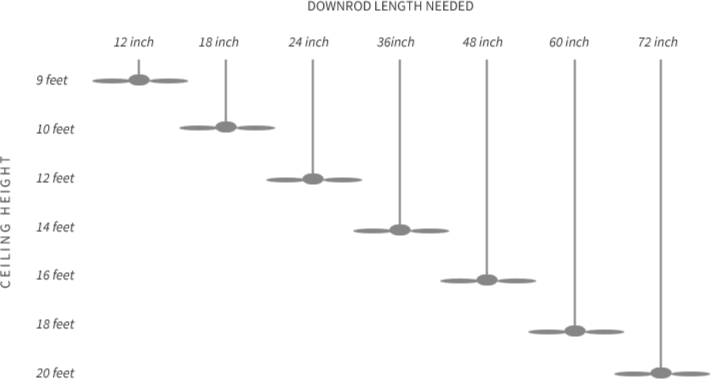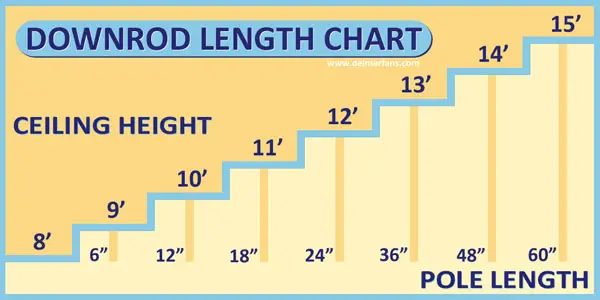Learn how to enhance the functionality and aesthetics of your home by installing a ceilings fan on a sloped ceiling, ensuring optimal airflow and comfort in any room.

Understanding
Installing a ceiling fan on a sloped ceiling presents unique challenges and considerations. However, with the right techniques and accessories, homeowners can successfully mount a ceiling fan on a sloped or vaulted ceiling, maximizing both comfort and style in their living spaces.
Challenges of Installing Ceiling Fan on Sloped Ceiling
Mounting a ceiling fan on a sloped ceiling requires careful planning and execution due to several challenges:
- Angle Adjustment: Sloped ceilings vary in angle, making it essential to select a ceiling fan with an adjustable mounting bracket that can accommodate different slopes.
- Stability: Ensuring the stability and balance of the ceiling fan on a sloped surface is crucial to prevent wobbling or shaking during operation.
- Wiring: Properly routing and concealing electrical wiring on a sloped ceiling can be more challenging than on a flat ceiling, requiring careful attention to safety and aesthetics.
Solutions for Installing Ceiling Fan on Sloped Ceiling
Follow these steps for a successful installation:
1. Choose the Right Ceiling Fan
- Select a ceiling fan specifically designed for sloped ceilings, equipped with an adjustable mounting bracket and appropriate wiring for angled installations.
2. Measure the Slope
- Use a carpenter’s level or inclinometer to determine the angle of the sloped ceiling and ensure compatibility with the fan’s adjustable mounting bracket.
3. Install the Mounting Bracket
- Securely attach the mounting bracket to the ceiling joist or support structure, following the manufacturer’s instructions and ensuring proper alignment with the ceiling slope.
4. Balance the Fan
- Use a balancing kit to ensure the fan blades are properly aligned and balanced, minimizing noise and vibration during operation.
5. Conceal Wiring
- Route electrical wiring along the ceiling joists or use conduit to conceal wiring on the sloped ceiling, ensuring a neat and professional-looking installation.
Benefits of Ceiling Fan on Sloped Ceiling
Installing a ceiling fan on a sloped ceiling offers several benefits:
- Improved Air Circulation: Ceiling fans help distribute air more evenly throughout the room, enhancing comfort and reducing energy costs.
- Enhanced Aesthetics: A ceiling fan adds visual interest to sloped ceilings, serving as both a functional fixture and a stylish design element.
- Space Optimization: By utilizing vertical space on sloped ceilings, ceiling fans maximize floor space and provide efficient cooling and air circulation.
Conclusion
Installing a ceilings fan on a sloped ceiling is an effective way to improve airflow, enhance comfort, and add visual appeal to any room. By understanding the challenges and solutions for mounting a ceiling fan on a sloped surface, homeowners can create a comfortable and stylish living environment that reflects their unique sense of style and functionality.
Read too: Flush Mount Rustic Ceiling Lights: Illuminate Your Space with Stunning

